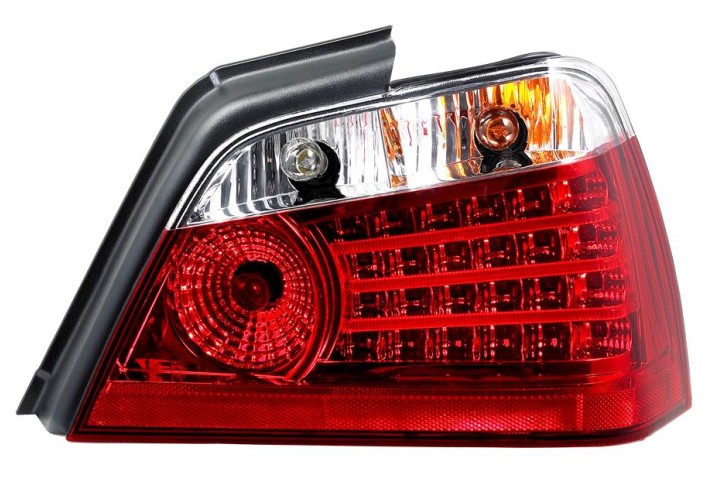Chemical structure and general properties of acrylic are as follow:

PMMA Properties
Acrylics are composed of polymers and copolymers whose main monomers belong to the two families of ester-acrylates and methacrylates. Transparent and hard acrylic sheets are made from methyl methacrylate, while extrusion and molding resins are made in a continuous solution of methacrylate copolymerized with a small percentage of acrylates or methacrylates.
Methyl methacrylate is produced through a two-step process in which acetone and hydrogen cyanide are reacted to give acetone cyanohydrin. Then, this compound is heated with methanol in the presence of concentrated sulfuric acid to obtain methyl methacrylate monomer. Acrylic monomers are polymerized through free radical polymerization processes initiated by peroxide initiators and form poly (methyl methacrylate). A monomeric initiator which become active at higher temperatures causes a reaction to be progressed that is very intense and exothermic, so that the released heat must be somehow removed from the system.
Different formulations of plastics differ both in molecular weight and in basic physico-mechanical properties such as melt flow index (MFI), thermal resistance, and toughness. There are special formulations that create opaque surfaces or absorb or transmit UV light. They are also available in a full range of colored resins in transparent, semi-transparent (translucent) and opaque forms.
Commercial types of acrylic with high impact resistance are available for injection molding and extrusion. These types of compounds consist of a hard acrylic phase and an acrylic modifier as a soft phase. Acrylic polymers have excellent optical properties and resistance to weathering and environmental conditions. Colorless acrylic resin can transmit white light up to 92%. Acrylics show a very high resistance to sunlight and long-term contact with various elements.
The low strain optical coefficient of acrylics, combined with their ability to be molded under very low stress, make them an ideal material for making video discs. Extruded sheets of a commercially available impact-modified acrylic exhibit excellent thermoforming properties and can be stiffened with glass-reinforced polyester so that they can be used on the inside of bath tubs. The high flow type has the best transparency because it does not contain acrylonitrile (AN), which makes this polymer the most suitable for medical applications where clarity is most important.
Acrylic plastics can be cleaned with solutions of mineral acids, alkalis, and aliphatic hydrocarbons, but chlorinated and aromatic hydrocarbons and ketones will degrade acrylic plastics.
Advantages
Acrylic polymers, such as poly (methyl methacrylate), show excellent optical and weather-resistant properties, that is, when they are exposed to atmospheric conditions, they are highly resistant to weathering and environmental conditions (temperature, pressure, humidity or steam water). They are also available in a wide variety of colors of transparent, translucent, and opaque.
• Excellent optical clarity
• Excellent surface hardness
• Excellent tolerance to various weather conditions, excellent resistance to weathering and atmospheric conditions, high resistance to sunlight.
• Rigid and inflexible with good impact strength
• Excellent dimensional stability and low in-mold shrinkage
Disadvantages and limitations
- Low solvent resistance especially with ketones, esters, chlorocarbons, and aromatic hydrocarbons.
- flammable: continuous service temperature or continuous working temperature is limited to 160°F.
- Flexible commercial grades are not available.
- Moisture causes dimensional instability in molded parts.
Applications
- Car: Headlights or taillights, parking light lenses, decorative signs and license plates.
- Home Appliances: Holders, lampshades, picture frames, decorative goods.
- Transparent goods: Available in shimmering colors, the ideal material for jewelry packaging and signage.
- Electronic devices: It is used to cover the printed circuit board.


